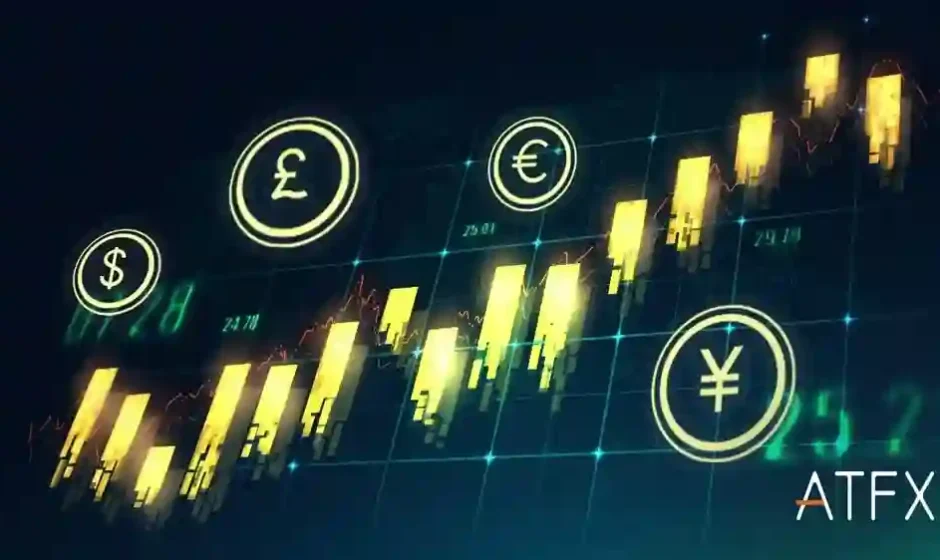Market liquidity stands as a fundamental aspect of financial markets, influencing the efficiency and stability of trading activities. In the context of Forex (foreign exchange) trading, where currencies are bought and sold in a decentralized global marketplace, liquidity plays a pivotal role in shaping price dynamics and market behavior. This article explores the intricate relationship between market liquidity and the performance of Forex robots, automated trading systems designed to execute trades on behalf of traders. Through a comprehensive analysis of liquidity metrics, strategies, and their implications on robot performance, this article aims to provide insights into optimizing Forex robot strategies in varying liquidity environments.
Forex trading represents one of the largest and most liquid financial markets globally, with daily trading volumes exceeding trillions of dollars. Liquidity, defined as the ease with which an asset can be bought or sold without significantly impacting its price, is a cornerstone of efficient market functioning. In Forex trading, liquidity dynamics are influenced by various factors, including economic indicators, geopolitical events, and market participant behavior. Understanding the impact of liquidity on Forex robot performance is essential for traders and algorithm developers seeking to navigate the complexities of the currency markets.
Liquidity Metrics and Measurement:
Measuring liquidity in the Forex market entails assessing a range of metrics that capture different aspects of market depth, breadth, and resilience. Common liquidity metrics include bid-ask spreads, trading volumes, market depth, and slippage. Bid-ask spreads, the difference between the buying (bid) and selling (ask) prices of a currency pair, serve as a proxy for transaction costs and market efficiency. Narrow spreads indicate high liquidity, while widening spreads may signal reduced liquidity and increased trading costs.
Trading volumes reflect the magnitude of trading activity in the market, with higher volumes generally indicating greater liquidity and market participation. Market depth measures the availability of buy and sell orders at various price levels, providing insights into the depth of the market and potential price impact of large trades. Slippage, the difference between the expected and executed price of a trade, quantifies the liquidity risk associated with executing orders in fast-moving markets.
Impact of Market Liquidity on Forex Robot Performance:
Market liquidity exerts a profound influence on the performance of Forex robots, affecting their ability to execute trades efficiently and profitably. In highly liquid markets, Forex robots may experience lower transaction costs, reduced slippage, and faster order execution, leading to improved performance metrics such as profitability and Sharpe ratio. However, in illiquid or volatile market conditions, Forex robots may encounter challenges such as wider spreads, increased slippage, and difficulty in filling orders at desired prices.
Moreover, liquidity-driven price movements can trigger adverse selection and liquidity risk, where Forex robots inadvertently exacerbate market impact by trading in the same direction as the prevailing trend. In such scenarios, robots may struggle to adapt to rapidly changing market conditions, leading to suboptimal performance and increased drawdowns. Therefore, understanding the interplay between liquidity dynamics and robot behavior is crucial for devising robust trading strategies capable of mitigating liquidity-induced risks.
Strategies for Adapting to Varying Liquidity Environments:
To enhance Forex robot performance in diverse liquidity environments, traders and algorithm developers employ a range of adaptive strategies and risk management techniques. One approach involves incorporating liquidity filters into trading algorithms, which adjust trading parameters based on prevailing liquidity conditions. For instance, robots may reduce position sizes or widen stop-loss orders during periods of low liquidity to minimize adverse market impact.
Additionally, advanced execution algorithms, such as iceberg orders and smart order routing, help Forex robots navigate liquidity constraints by intelligently splitting large orders and executing them across multiple venues. By leveraging real-time market data and liquidity analytics, robots can optimize order execution strategies and mitigate slippage risk in fast-moving markets.
Furthermore, multi-asset trading strategies enable Forex robots to diversify across correlated and uncorrelated asset classes, thereby reducing reliance on a single market and enhancing portfolio resilience to liquidity shocks. By dynamically allocating capital across currencies, commodities, and equity indices, robots can capitalize on opportunities arising from cross-asset correlations and macroeconomic trends.
Conclusion:
Market liquidity serves as a cornerstone of efficient and orderly trading in the Forex market, exerting a significant impact on the performance of automated trading systems. By understanding the nuances of liquidity dynamics and implementing adaptive trading strategies, Forex robots can navigate varying market conditions with agility and precision. Traders and algorithm developers must continuously monitor liquidity metrics, adjust trading strategies, and employ risk management techniques to optimize robot performance and achieve consistent returns in the dynamic landscape of Forex trading.



